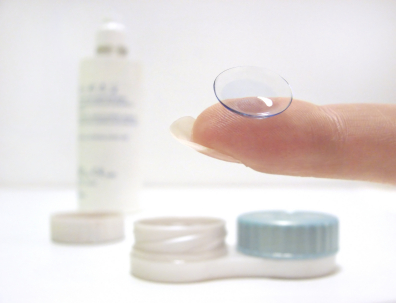Exploring the Different Varieties of Contact Lenses
Discover the variety of contact lenses available, including soft and hard types, with options like daily disposables, extended wear, and colored lenses. Learn how to choose the best fit for your vision needs, comfort, and lifestyle. Whether you need correction for nearsightedness, farsightedness, astigmatism, or desire a cosmetic change, understanding your options is essential for eye health and convenience.
Sponsored

Understanding the Types of Contact Lenses Available
Today’s market offers a wide range of contact lenses, designed with various materials and features to meet diverse user needs. Knowing your options before visiting an eye specialist can help you select the most suitable lenses based on comfort and budget. The two main categories are soft and rigid gas permeable lenses.
Soft lenses, made from hydrogel, are lightweight and highly comfortable. They are popular and can correct conditions such as nearsightedness, farsightedness, astigmatism, and age-related presbyopia. These lenses come in options like daily disposables, bi-weekly, monthly, extended-wear, and tinted lenses.
Daily disposable lenses provide convenience and reduce infection risks as they are discarded after each use. These are perfect for users valuing ease of maintenance, though they tend to be more costly. Bi-weekly lenses require regular cleaning and storage, suitable for new users or those with dry eyes. Monthly contacts offer a cost-effective option for daily wear, combining convenience with affordability.
Extended-wear silicone hydrogel lenses allow continuous use for up to 30 days, ideal for those with busy schedules or who prefer less maintenance. Colored lenses enable eye color changes, available in both prescription and non-prescription forms, primarily suitable for nearsightedness, farsightedness, or astigmatism. However, for complex prescriptions, finding colored soft lenses can be challenging.
Rigid gas permeable (RGP) lenses, also known as hard lenses, have seen a decline in popularity but remain a viable choice. They are durable, customizable, and can offer sharper vision, especially for complex prescriptions. While less flexible, they can be more comfortable for some users and require proper fitting and care supervision from an eye care professional.






